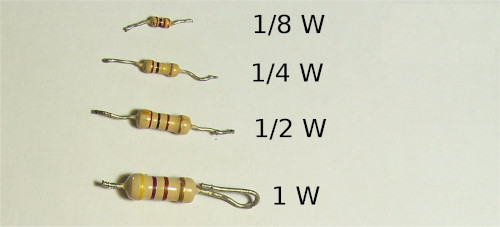5 Tips for Working with Breadboards

Breadboard Prototyping:
When I start a new design, the first thing I do is test the parts of my circuit on one of these boards. I wanted to share what I’ve learned so you don’t make the same mistakes I did:
1st Buy Reliable Testing Equipment, including power supplies, multimeters, and cables. The goal is to ensure your tests don’t fail due to low-quality cables that break every so often, a multimeter that doesn’t measure voltages accurately, or a continuity beep that doesn’t work properly.
2nd Have a Comprehensive and Organized Component “Stash” will give us more confidence to use components that closely resemble the final design. That’s why it’s worth having various types of transistors, operational amplifiers, or regulators. You’ll also build up your collection with leftovers from your projects, but it’s crucial for all of this to be organized coherently. We’ll work much faster if we know where to find what we need.
3rd Use Components Compatible with Breadboards, for instance, use ½-watt resistors since the wire has the correct thickness to make contact with the breadboard terminals without wobbling. If we buy a kit of 1000M ¼ watt resistors with 1500 different values but they don’t make good contact on the board, then having such a quantity of resistors is not very useful. For other components like transistors or potentiometers, the opposite can happen—pins might be too wide, risking damage to the board when inserted forcefully.

4th Limit the Current from the Power Supply, you won’t learn this until you burn expensive integrated circuits that you paid for out of your own pocket. Nevertheless, please remember the knob beside the voltage adjustment labeled Current.
5th Use Colors and Single-Core Wire, use black for ground, red for power, and various colors for other signals. This way, with just a glance, you can check if everything is connected properly. I recommend using 0.5mm² single-core wire with a wire stripper (the latter should be as high quality as possible, but we’ll talk about tools another day), as this will make your life easier by not having to solder all the tips. The rigidity of single-core wire allows you to bend and shape it as you wish.
I wanted to share these recommendations because they’ve been very useful for me, and it took me a while to realize. I encourage you to try all the options available now for using breadboards and draw your own conclusions.